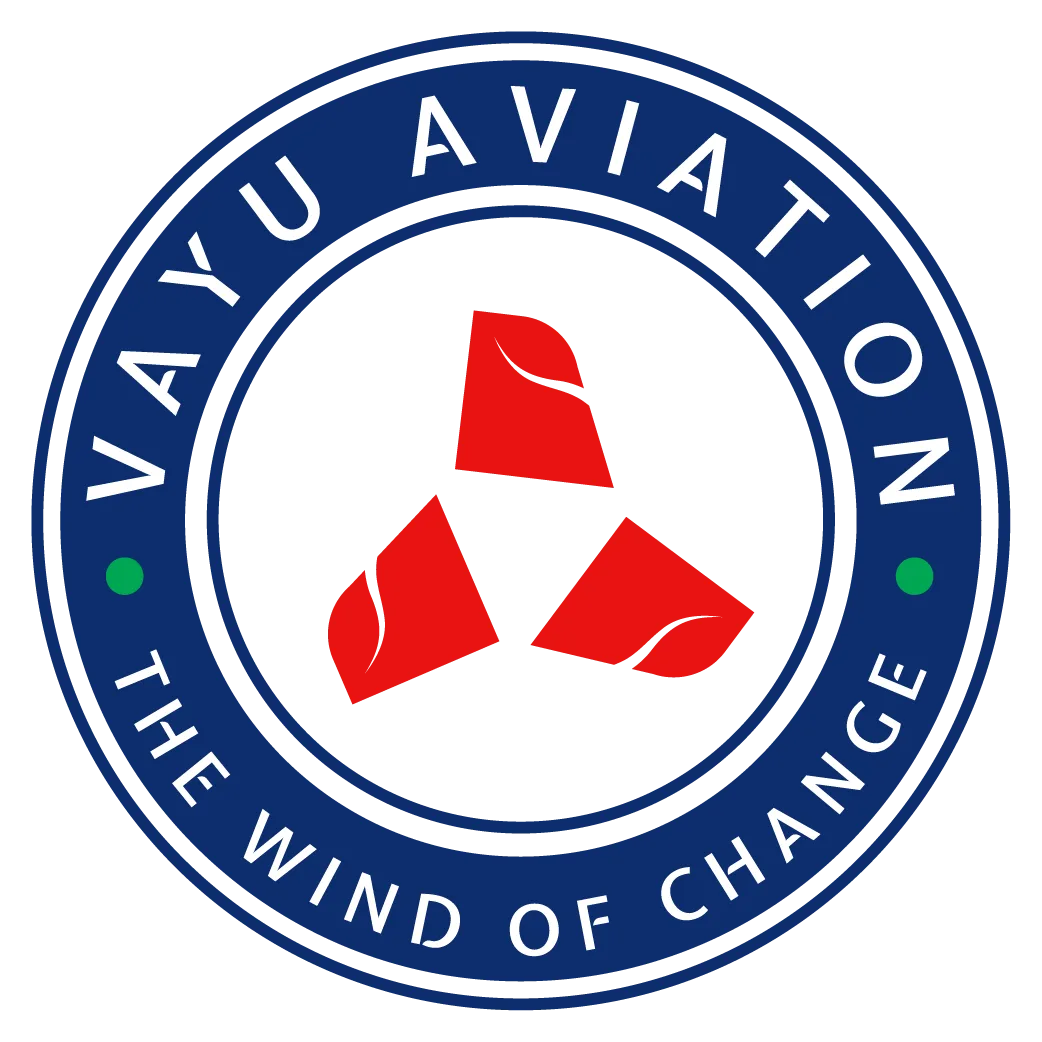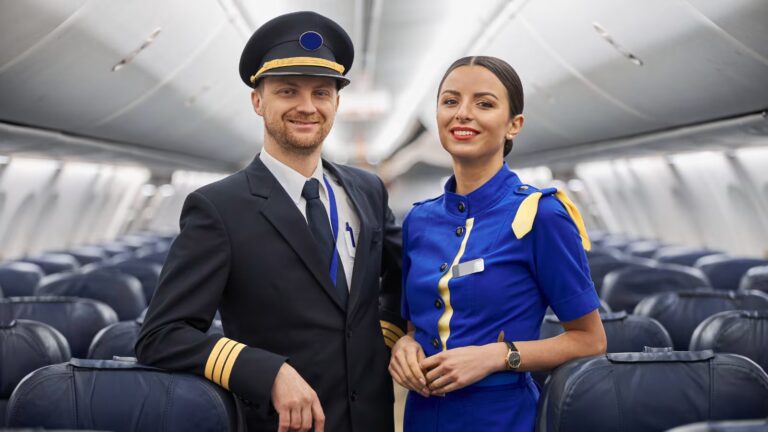The aviation industry is facing an unprecedented crisis: a global pilot shortage that threatens to disrupt air travel, limit airline expansion, and drive up operational costs. With Boeing projecting a need for 649,000–674,000 new pilots by 2043 and retirements outpacing new entrants, airlines must adopt bold, innovative strategies to attract and retain talent.
In this blog, we explore five groundbreaking recruitment innovations that airlines are leveraging—or should consider—to bridge the pilot gap and secure the future of aviation.
1. Expanding Cadet Programs & Subsidized Training
Lowering Financial Barriers to Entry
The $100,000+ cost of pilot training remains a top deterrent for aspiring aviators. Airlines are addressing this by:
- Funding cadet programs: Carriers like United’s Aviate Program and US-Bangla Airlines partner with flight schools (e.g., Epic Flight Academy) to cover training costs in exchange for service commitments.
- Scholarships and loans: Initiatives like Women in Aviation International and Latino Pilots Association target underrepresented groups, diversifying the talent pool.
- Streamlined pathways: Multi-Crew Pilot License (MPL) programs, endorsed by Airbus, reduce training time by focusing on airline-specific operational skills.
Key Takeaway: Invest in future pilots early—before they’re priced out of the profession.
2. Leveraging AI & Advanced Simulation Tech
Faster, Cheaper, Smarter Training
Technology is revolutionizing pilot readiness:
- AI-driven simulators: Adaptive training tools personalize learning, cutting time-to-certification. For example, BAA Training uses VR and AI to enhance situational awareness.
- Reduced reliance on flight hours: While the FAA’s 1,500-hour rule remains contentious, airlines advocate for competency-based training (e.g., simulators counting toward hours) to accelerate qualifications.
- Predictive analytics: Tools like Hogan’s Pilot Performance Profile use personality assessments to identify high-potential candidates, improving retention by 22%.
Key Takeaway: Embrace tech to train pilots faster without compromising safety.
3. Targeting Military & Career-Changer Talent
Tapping Undervalued Talent Pools
With military pilot pipelines shrinking (due to drone operations), airlines are:
- Offering transition bonuses: Incentivizing veterans with signing bonuses and fast-tracked command roles.
- Reskilling programs: Targeting professionals from adjacent fields (e.g., engineers, A&P mechanics) with accelerated training.
- Flexible pathways: Recognizing non-traditional experience (e.g., glider or cargo pilots) to fill regional airline gaps.
Key Takeaway: Broaden recruitment beyond traditional aviation circles.
4. Boosting Diversity in the Cockpit
Solving Shortages by Expanding the Pool
Only 4–6% of pilots are women, and minority representation is similarly low 14. Solutions include:
- Mentorship initiatives: Organizations like Organization of Black Aerospace Professionals provide networking and funding.
- Cultural shifts: Airlines like easyJet and British Airways promote gender-neutral recruitment and parental leave policies.
- K-12 outreach: Inspiring future pilots early through STEM programs and airport tours.
Key Takeaway: Diversity isn’t just ethical—it’s a strategic workforce solution.
5. Rethinking Work-Life Balance & Salaries
Retaining Pilots in a Competitive Market
Pilot burnout and poaching are rampant. Airlines are fighting back with:
- Salary surges: U.S. pilot pay jumped from 127,820(2016) to 127,820(2016) to 219,140 (2023); European captains now earn up to €270,000.
- Schedule flexibility: Rotational systems and “commuter-friendly” bases reduce attrition.
- Retirement incentives: British Airways lures talent with early retirement at age 55 vs. competitors’.
Key Takeaway: Competitive perks are non-negotiable in today’s talent wars.
Conclusion
The pilot shortage won’t resolve overnight, but airlines that innovate—whether through tech, diversity, or financial support—will gain a critical edge. As James Vaile of Anjuna Solutions warns, this isn’t just a challenge; it’s a “looming catastrophe” demanding industry-wide collaboration.
Your Move, Airlines: Which of these innovations will you pilot first?



